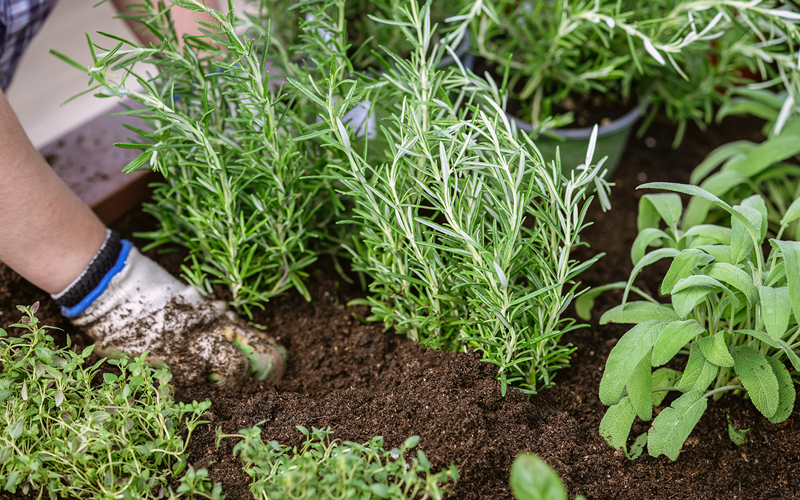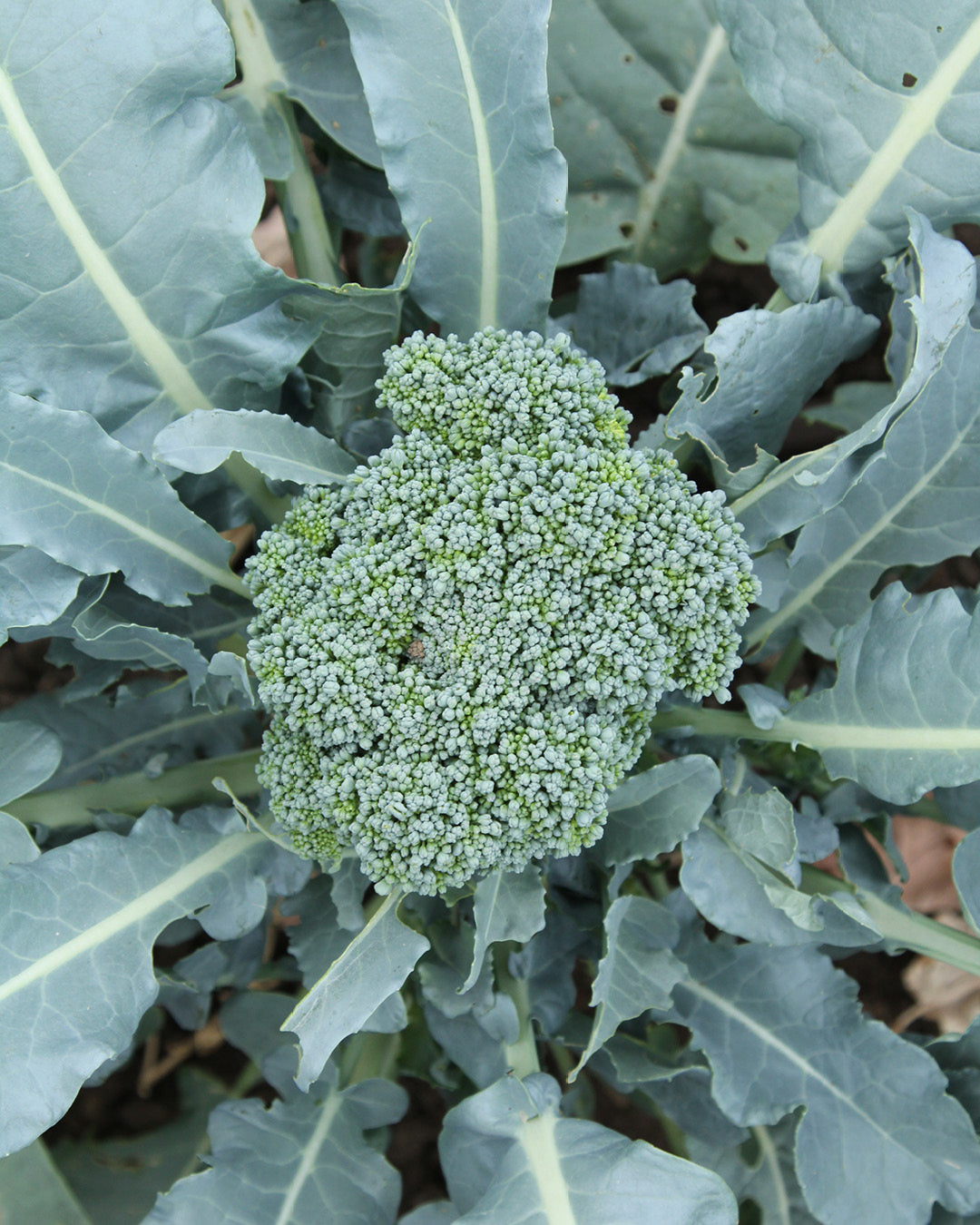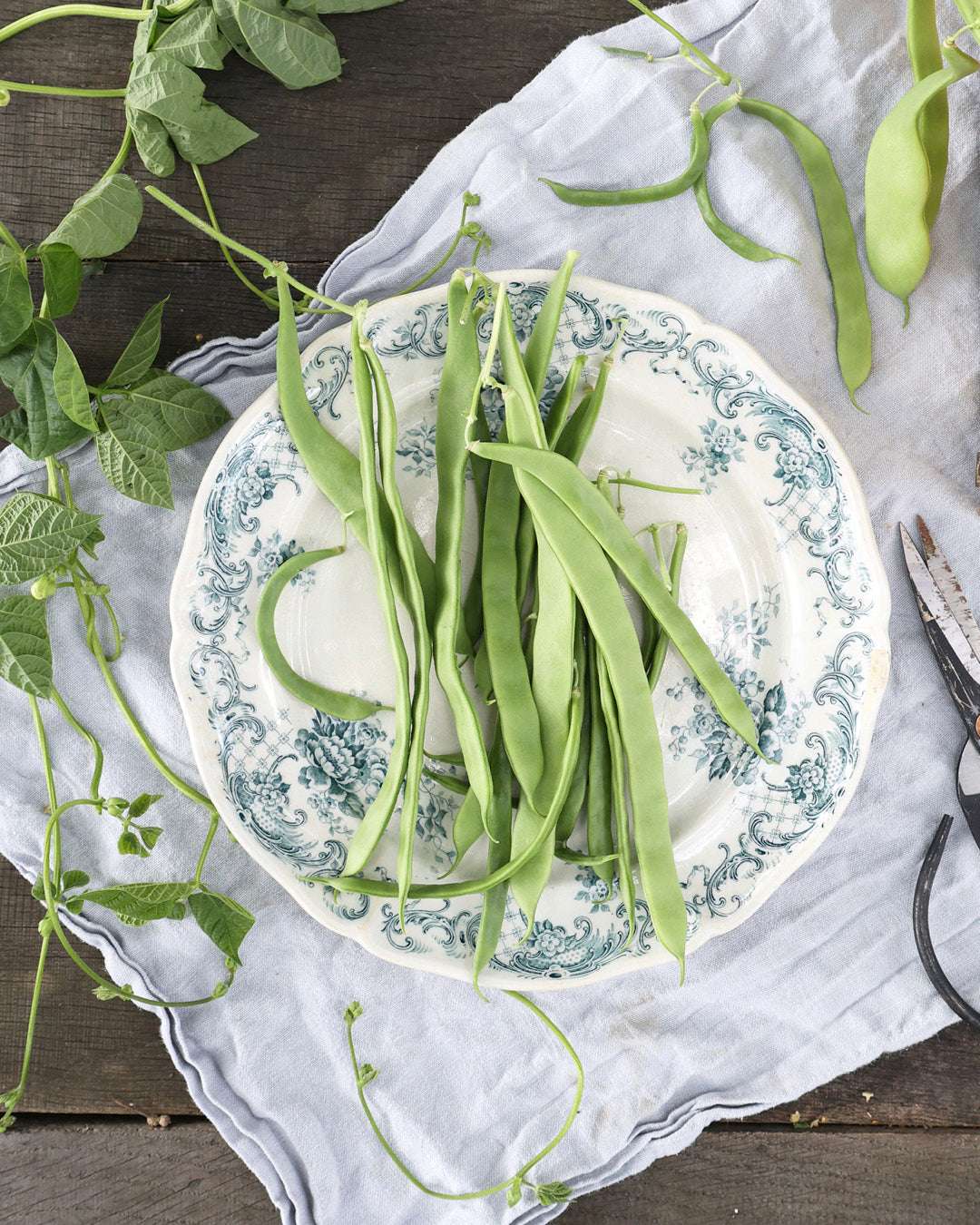Vegetable garden in April: What to do now – sowing, planting, raising
April is a crucial month for anyone wanting to get started in their vegetable garden. Now's the time to prepare, sow, and plant—with the right steps, you'll lay the foundation for a successful harvest season. In this article, we'll show you what's next in the garden and how to optimally prepare your beds for spring.

1. Pre-plant beans for an early yield
Beans are easy to grow, but react
sensitive to cold. If you start growing in April, you can
harvest earlier.
Here's how:
- Sow bush or pole beans in seed pots with nutrient-poor soil
- Place in a bright and warm place (at least 18–20 °C)
- Plant outdoors after the Ice Saints (mid-May)
Tip: Use compostable growing pots – this makes planting easier later.
2. Sow tomatoes and peppers – now is the right time
Tomatoes and peppers are among the heat-loving
Vegetable varieties with a long cultivation period. Sowing in April is optimal.
Important instructions:
- Cultivation on the windowsill or in a heated greenhouse
- Germination temperature: 20 to 24 °C
- After germination, prick out and transplant into larger pots
Regular ventilation prevents mold growth and promotes stable plants.
3. Plant early potatoes for a harvest starting in June
Early potatoes are among the first crops to be
Beds are allowed. If the weather is mild, they can be planted starting in April.
Here’s what you should pay attention to:
- Plant pre-germinated tubers about 10 cm deep
- Spacing: 30 cm in the row, 60–70 cm between rows
- Location: sunny, soil loose and permeable
Tip: Mound the plants regularly after they sprout to promote growth.

4. Sow lettuce and radishes directly outdoors
Lettuce and radishes germinate even at cooler temperatures and are ideal for direct sowing in April.
How it works:
- Row spacing: about 25 cm
- Sow seeds flat and press down lightly
- Keep soil evenly moist
Radishes are ready for harvest after just four to six weeks and offer quick harvest success.
5. Plant and prune fruit trees
If the ground is frost-free, new fruit trees can be planted in April. The final winter pruning is also still possible.
When planting, please note:
- Dig a generous planting hole
- Place the grafting point five to ten centimeters above the ground
- Water well and cover with mulch
Pruning should only be done in dry weather to avoid infections.
6. Turn compost for fresh humus
Compost provides the soil with valuable nutrients. Turning it in spring accelerates decomposition.
Steps for implementation:
- Shredding coarse material
- Rearrange content from bottom to top
- Check moisture – a crumbly, moist consistency is ideal
Optionally, rock flour can be added to reduce odors and improve compost quality.
Conclusion: April is the starting signal for the gardening season
Those who take action now will lay the foundation for a successful summer harvest. April offers optimal conditions for preparing and sowing seeds in the vegetable garden. With a little planning and regular care, your garden will soon be in full bloom.

Frequently asked questions (FAQ) about the vegetable garden in April
What can I sow in the garden in April?
In April, hardy vegetables such as French beans, chard, radishes, spinach, leaf lettuce, and the first herbs are suitable for direct sowing outdoors. Flowers such as zinnias, cosmos, and marigolds can also be started well now.
When is the right time to plant potatoes?
Early potatoes can be planted from mid-April, as soon as the soil is frost-free and slightly warm. Plant the tubers about 10 cm deep in rows about 30 cm apart, and hill them regularly after sprouting.
Which plants should you start growing in April?
Heat-loving plants such as tomatoes, peppers, zucchini, squash, and eggplant should be started indoors or in a greenhouse in April. They require a germination temperature of at least 20°C and plenty of light.
Can you plant berry bushes in April?
Yes, spring is ideal for planting currants, raspberries, gooseberries, and blackberries. A sunny, well-ventilated location is essential. When planting, add some mature compost to the hole to encourage growth.
How do I properly care for my vegetable patch in April?
Remove weeds, loosen the soil, and work in some compost if necessary. Young vegetables should be watered regularly and protected with fleece during late frosts. Also, ensure adequate planting spacing so the plants can develop well.
















